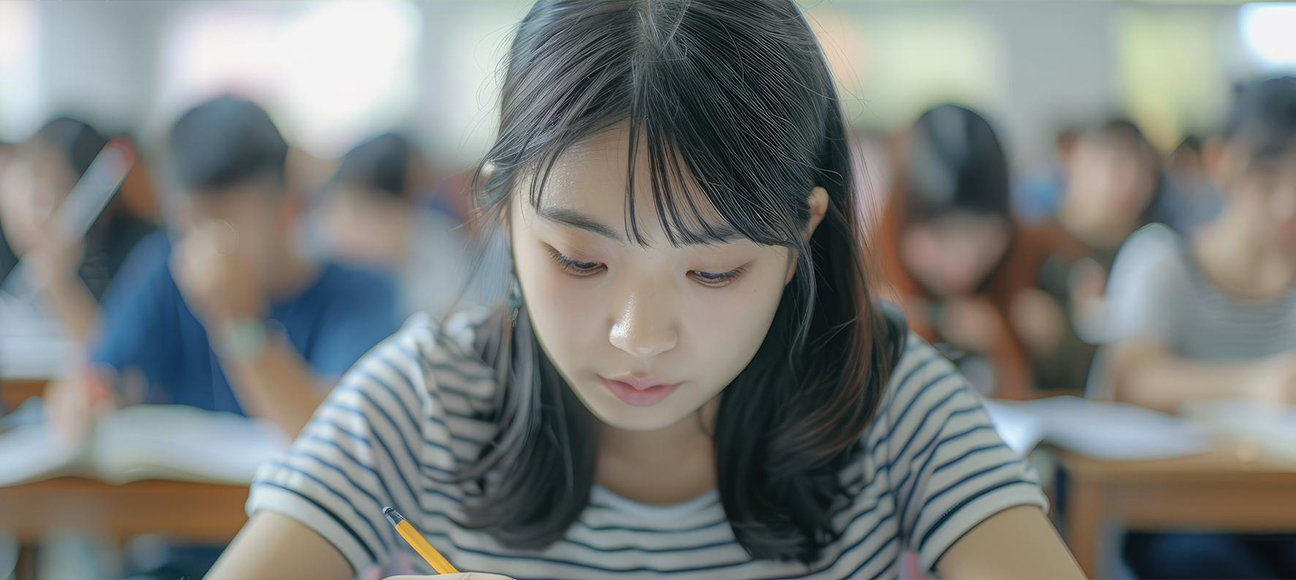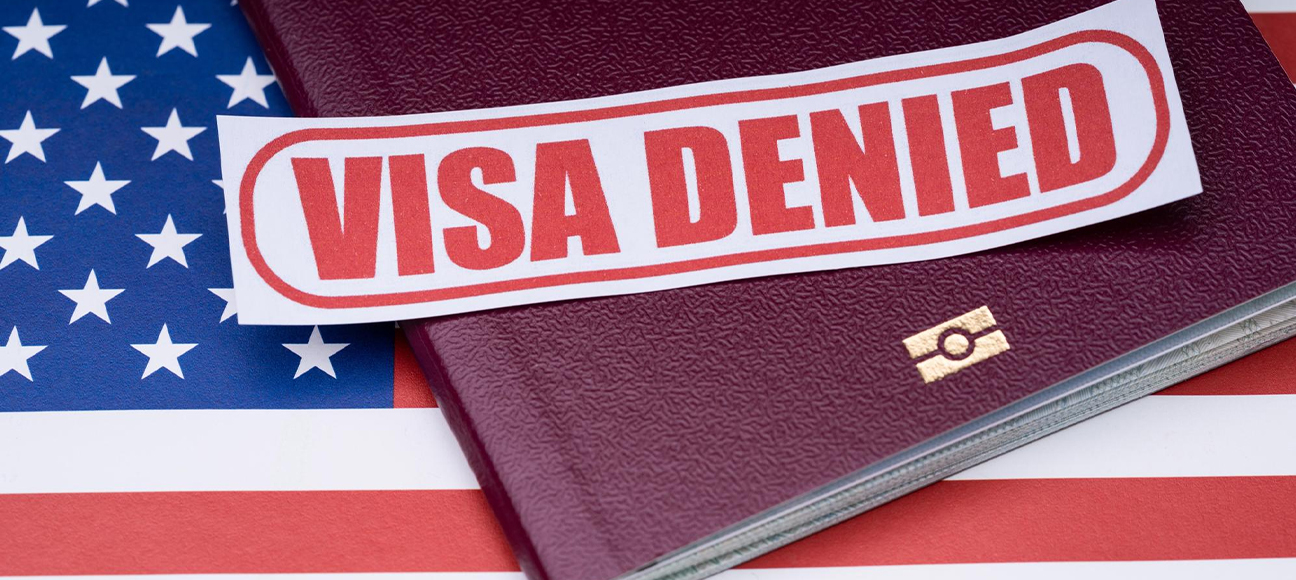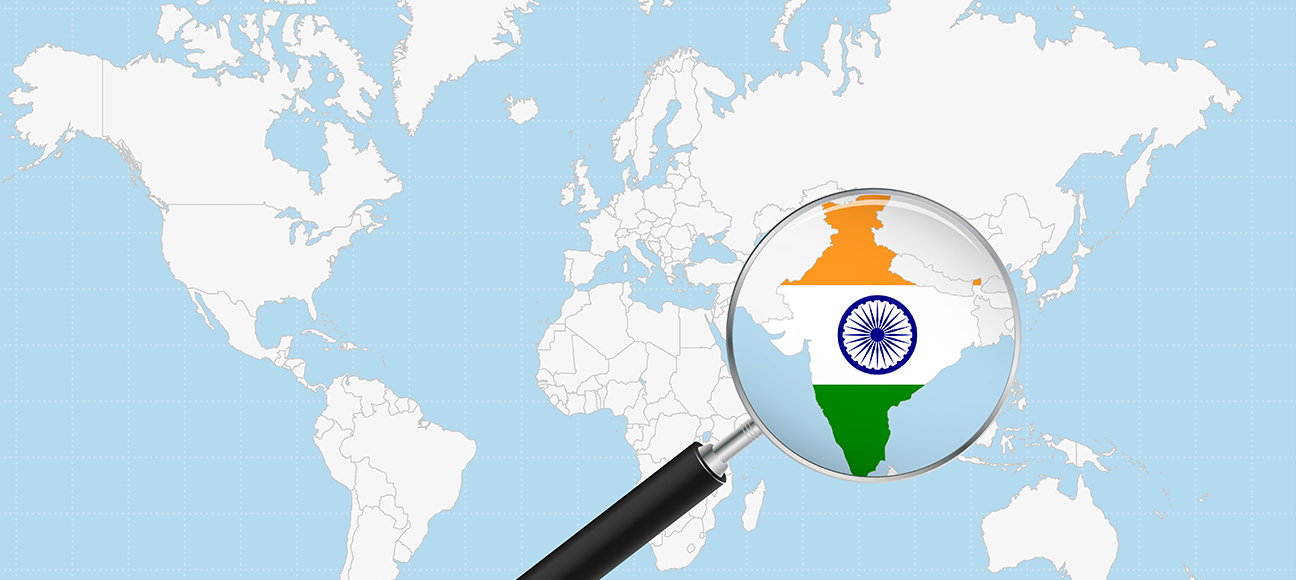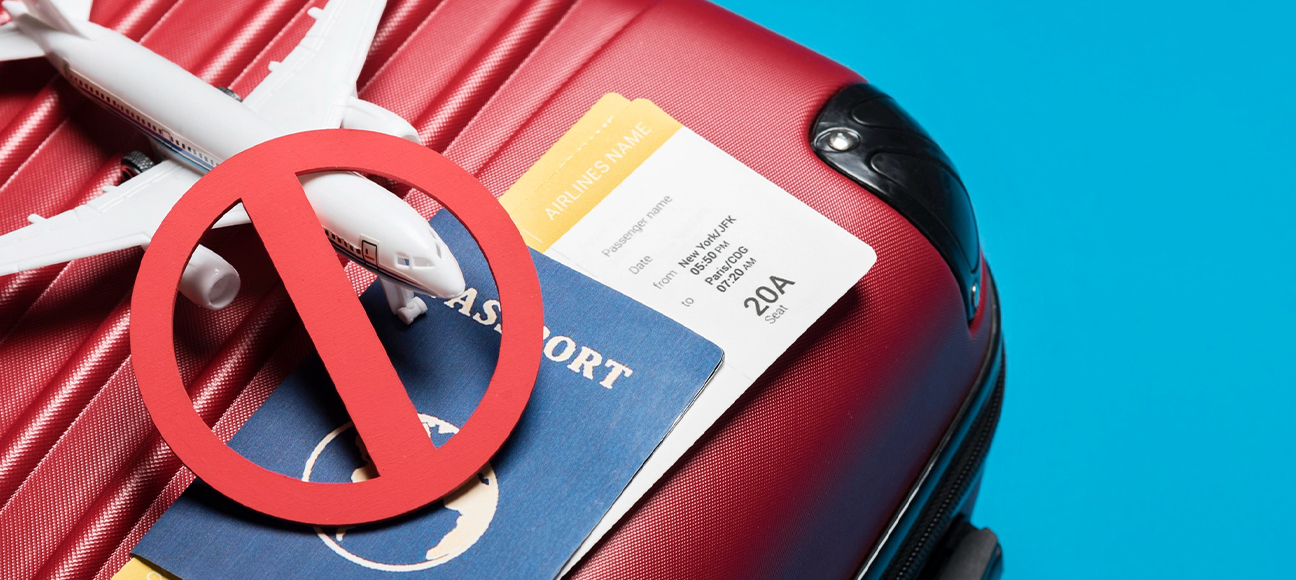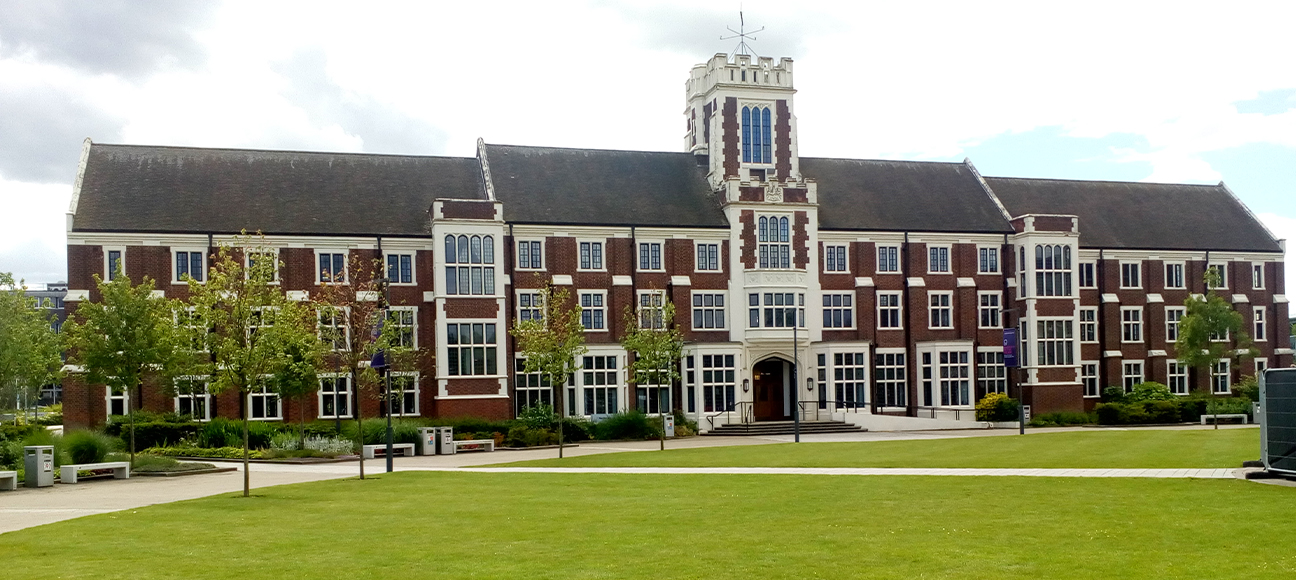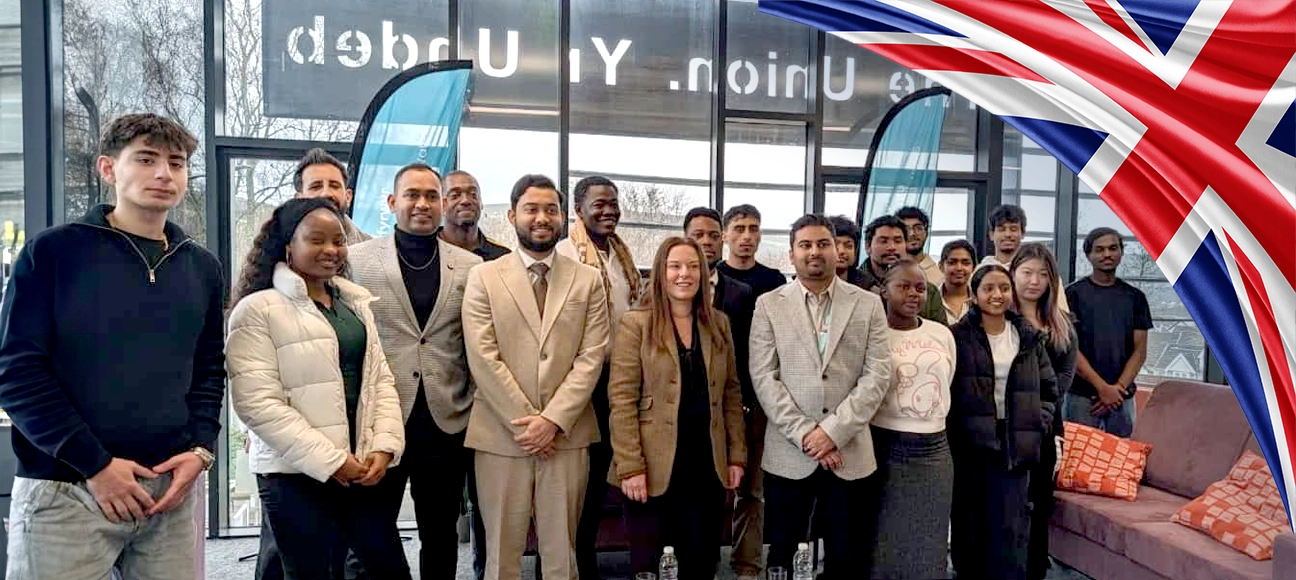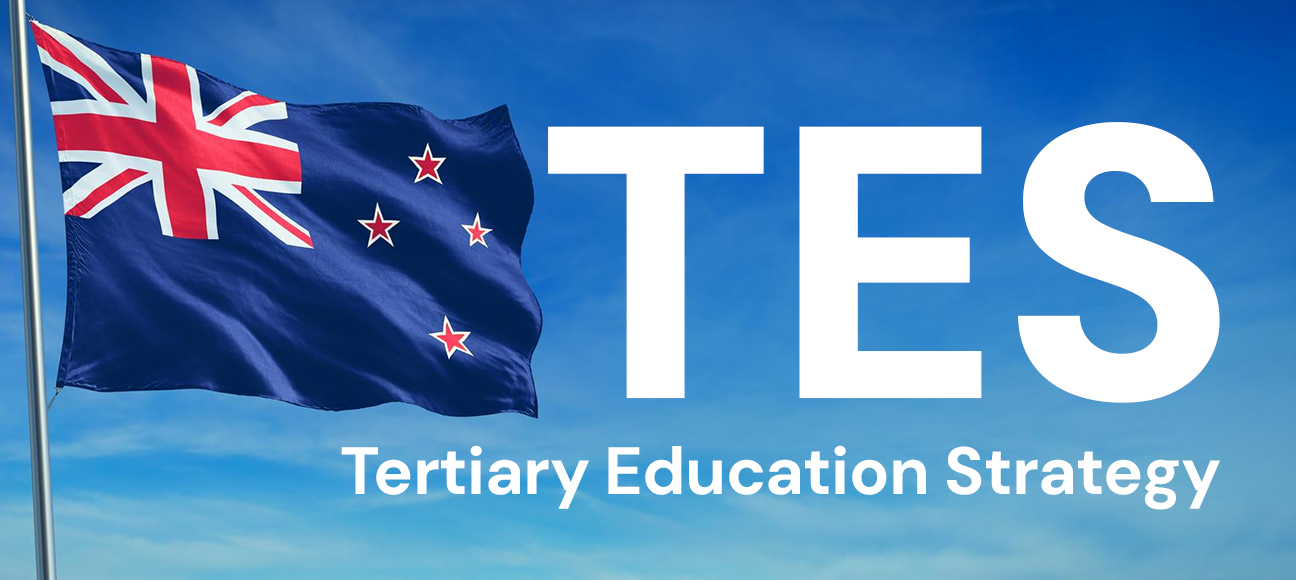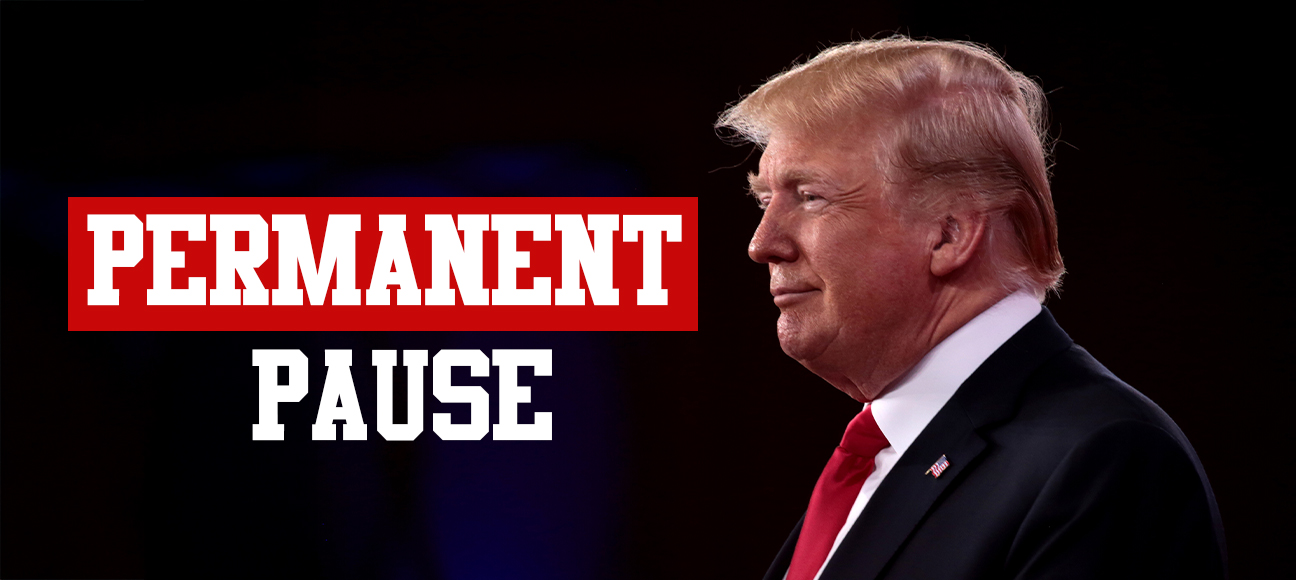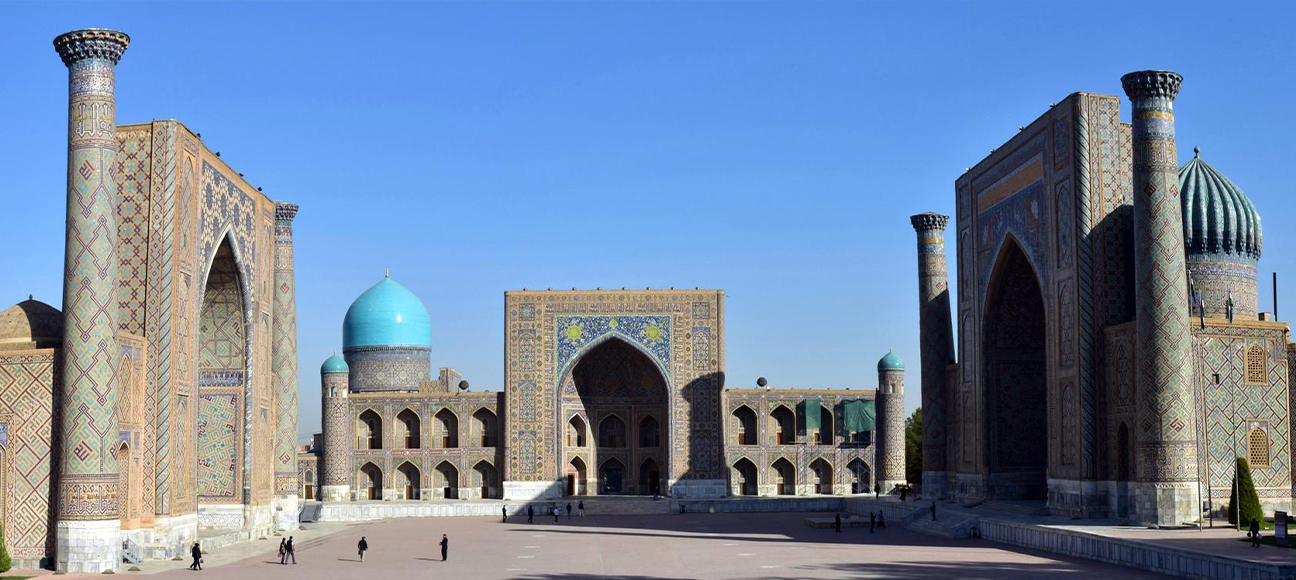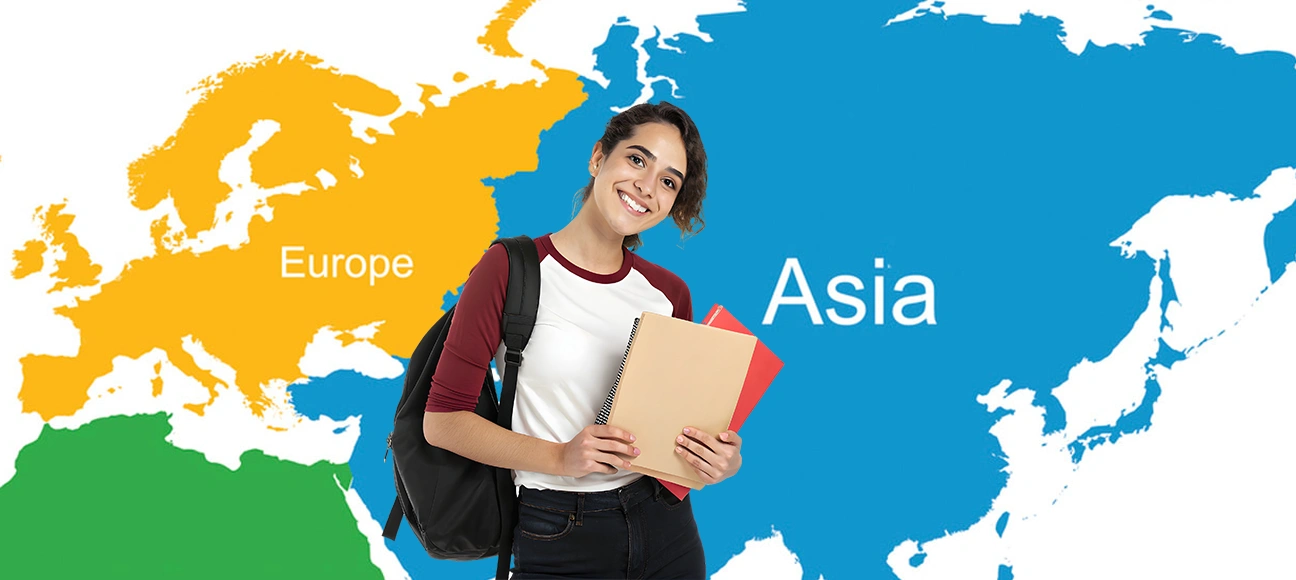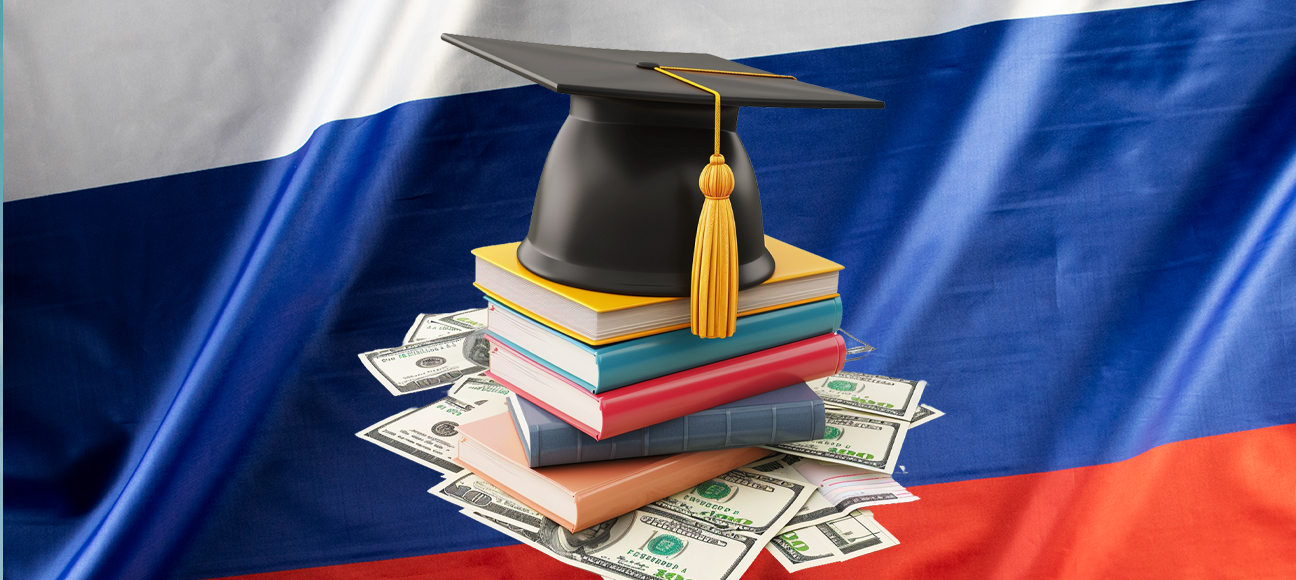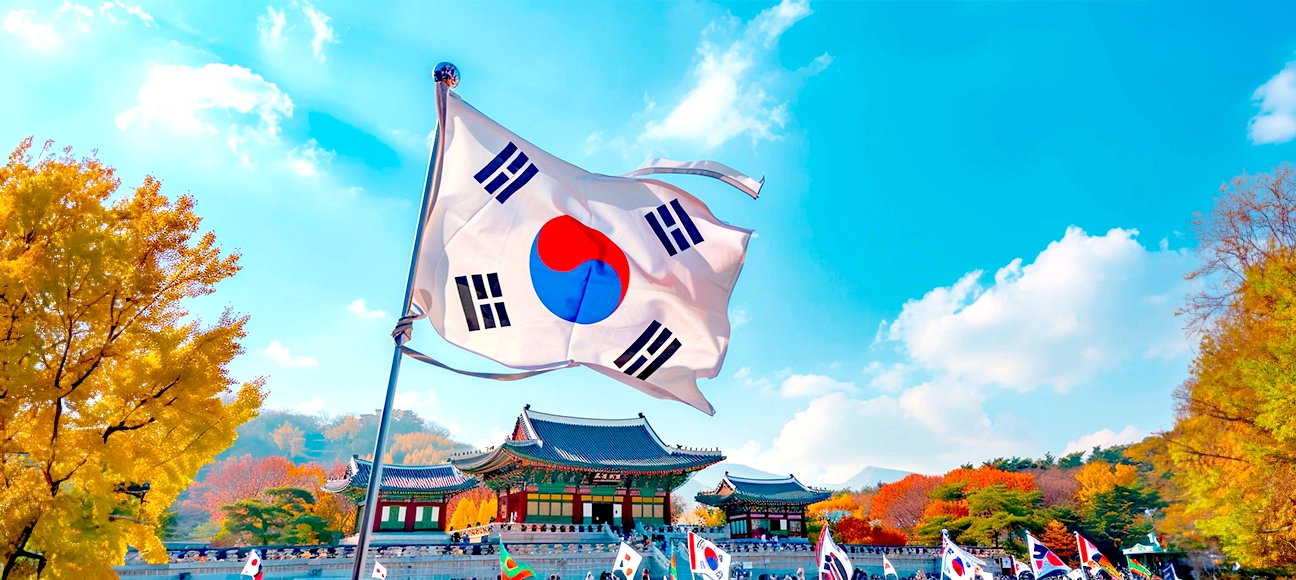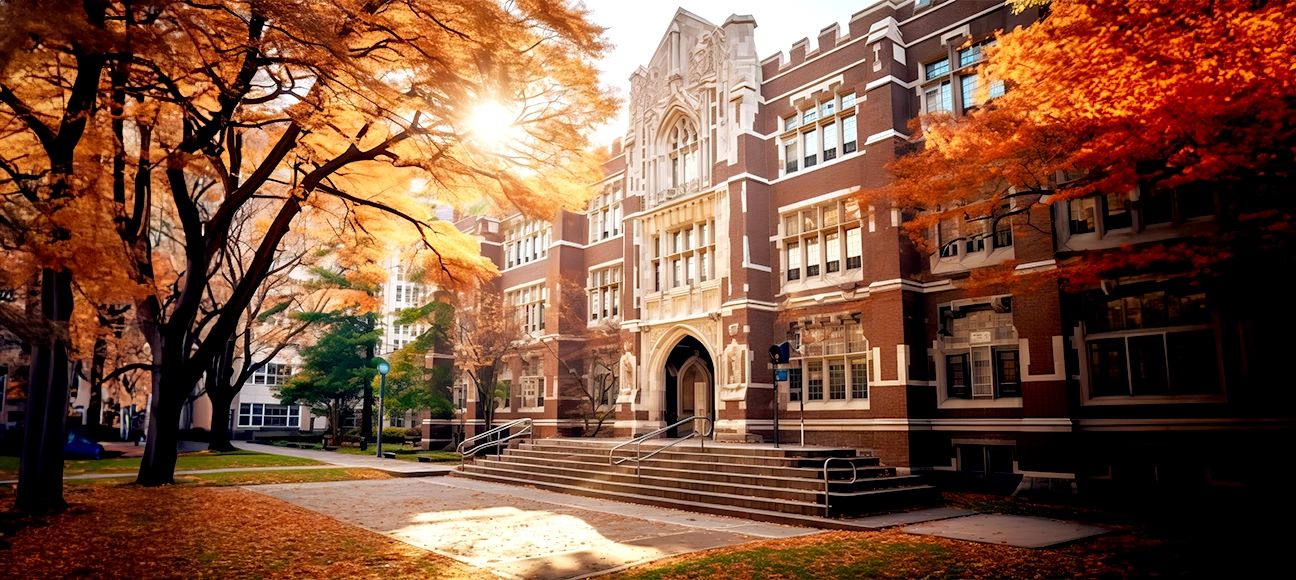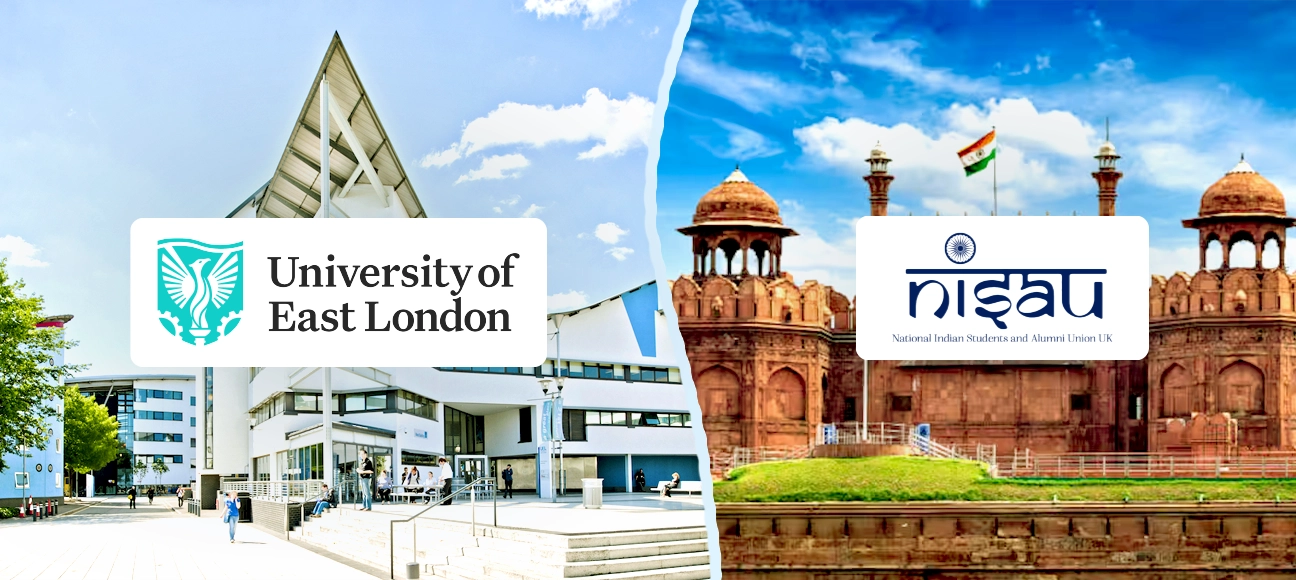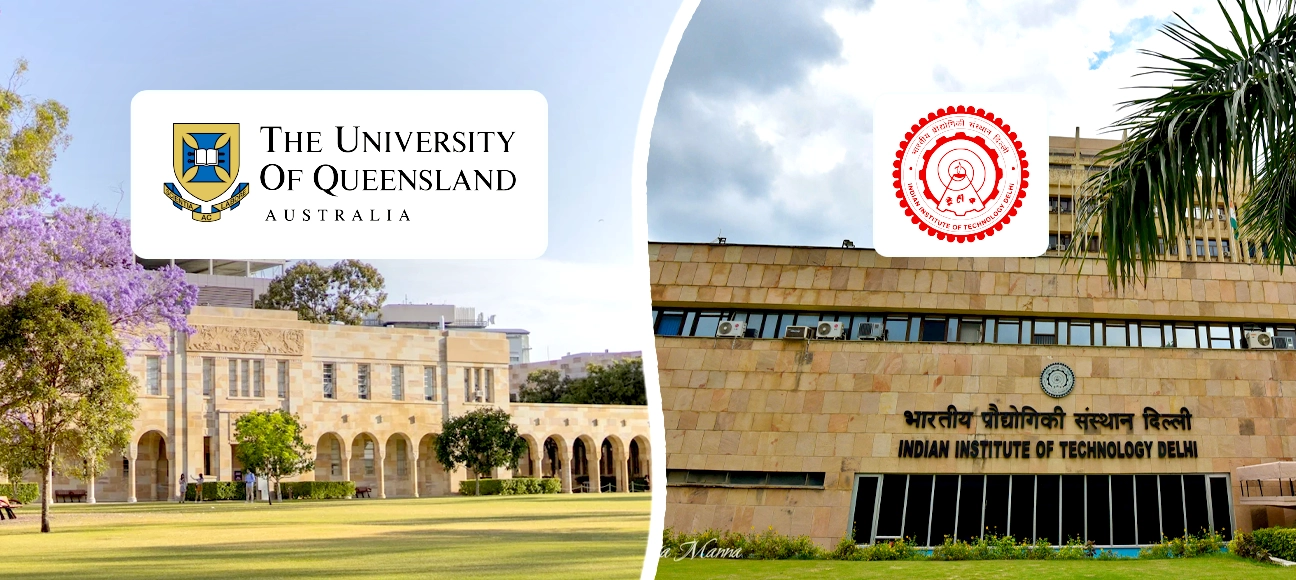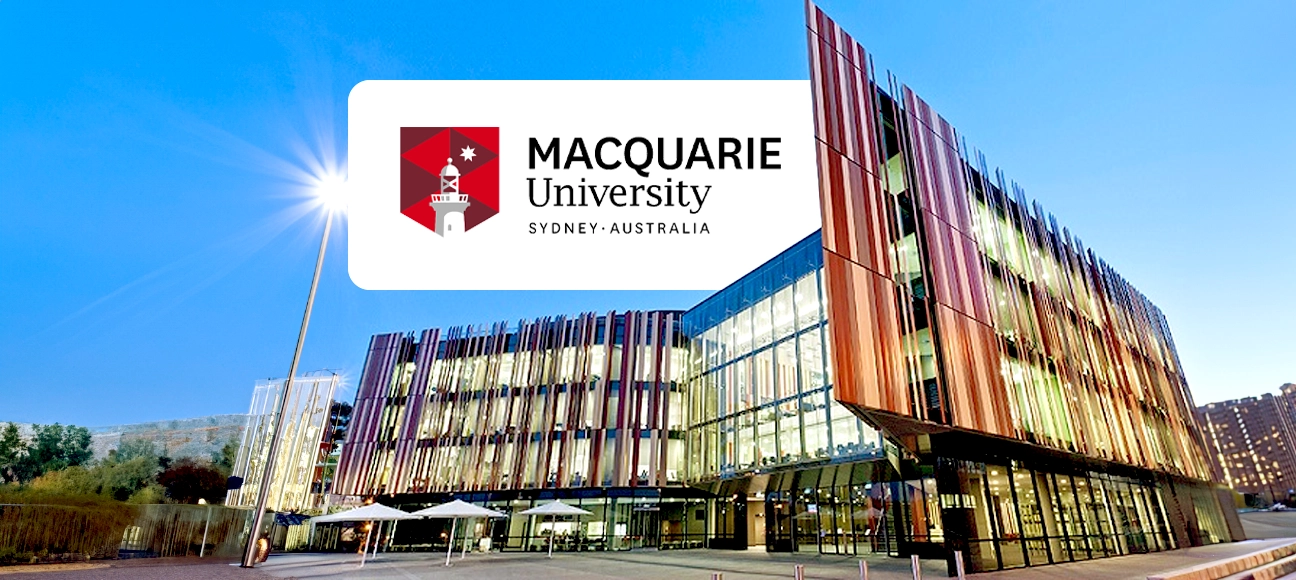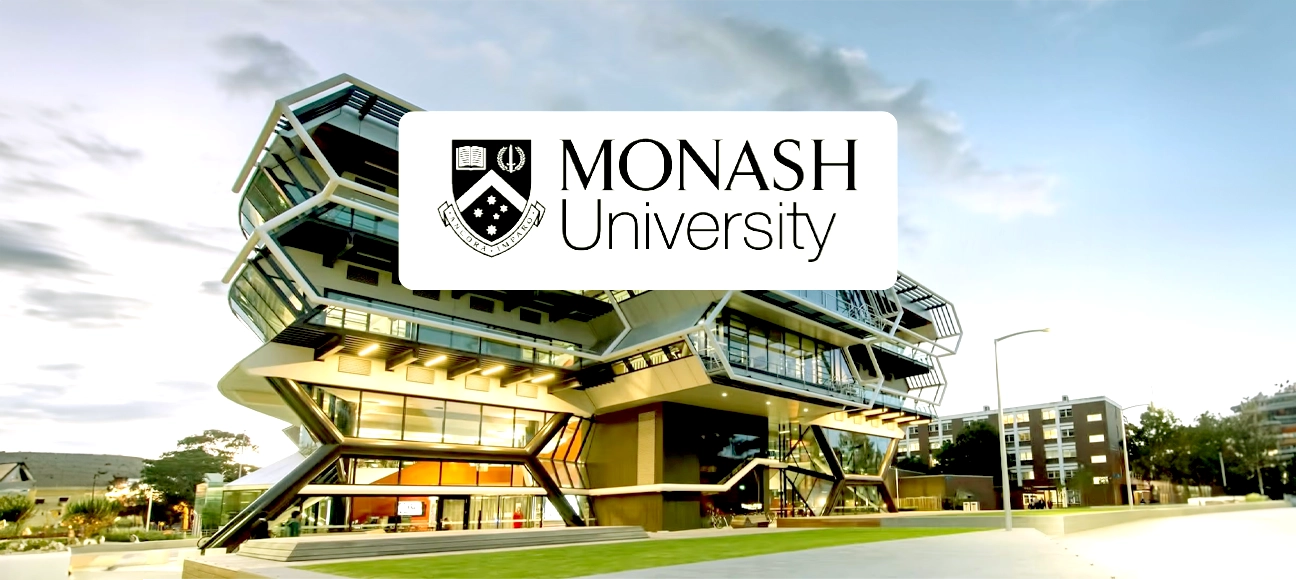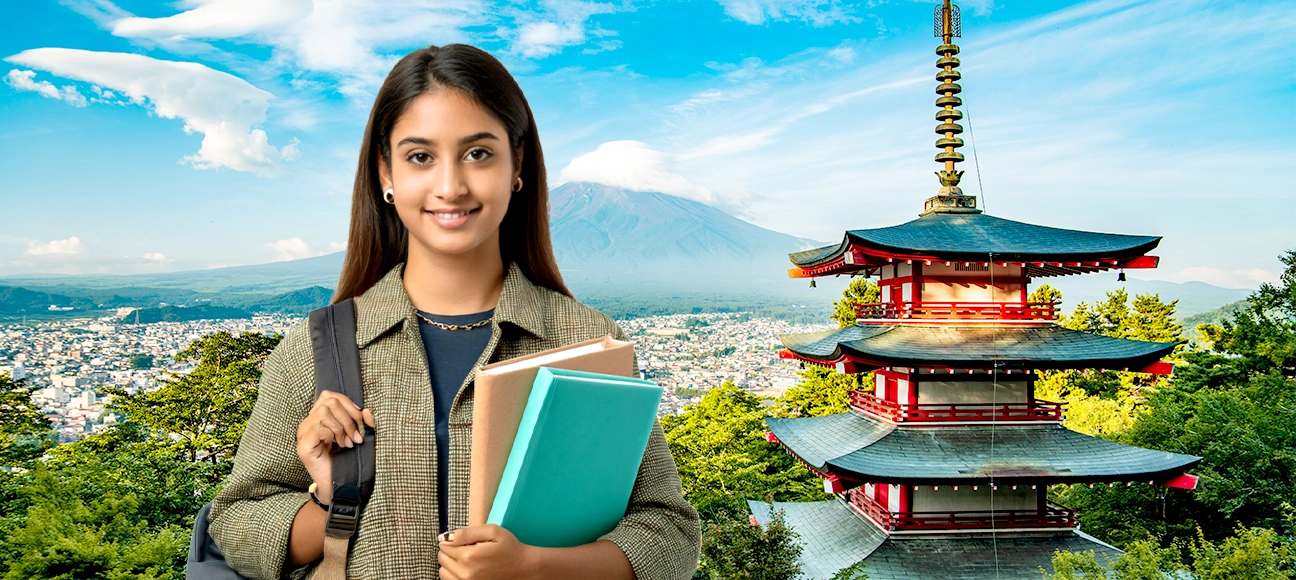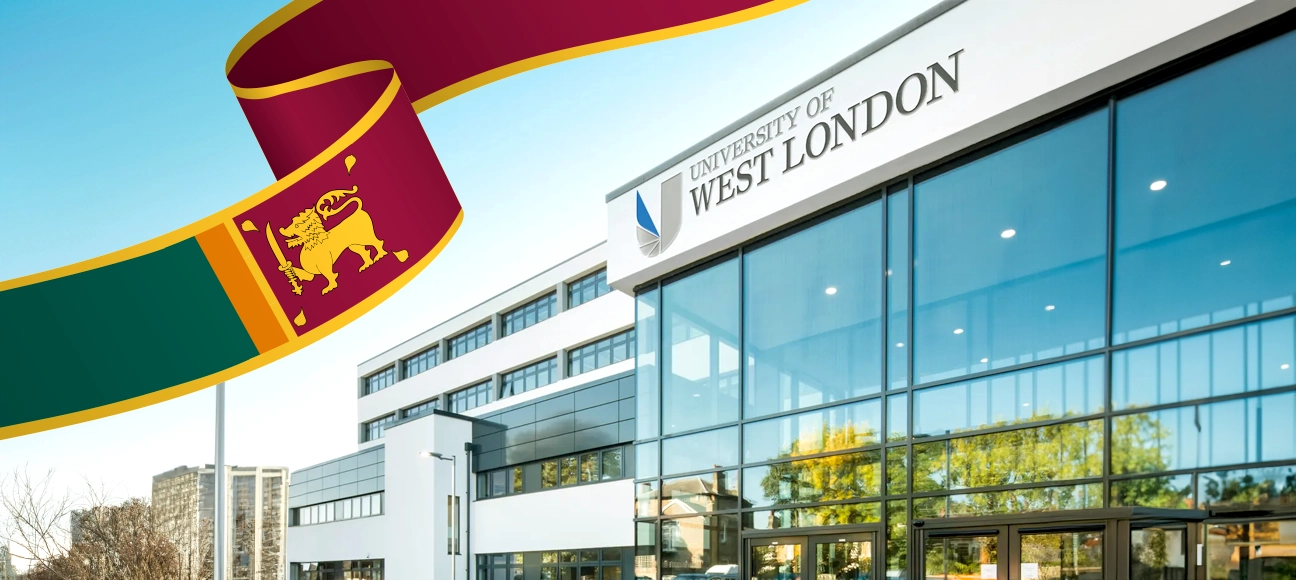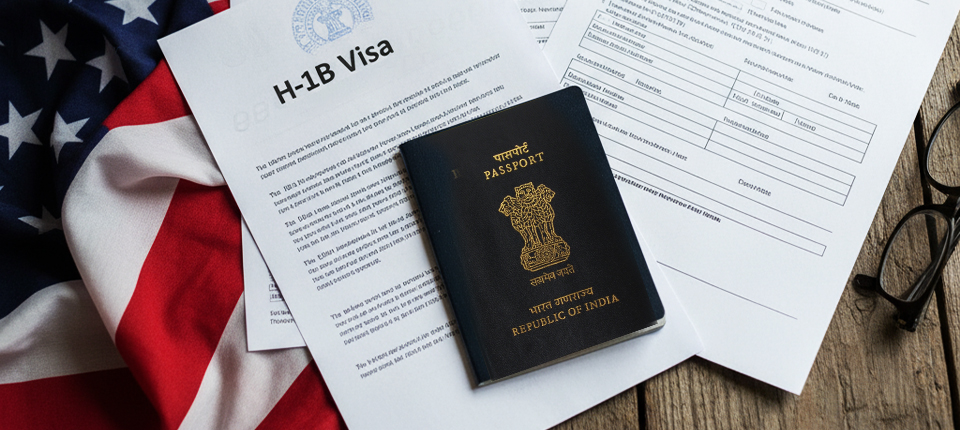South Korea on its Way to Attract International Students

At the same time as leading Western destinations – e.g., Australia, Canada, the Netherlands, and the United Kingdom – are applying brakes to slow or reverse the expansion of their foreign enrolment, several Asian destinations are doing the opposite: chasing policies to grow international student numbers to all-time highs.
Japan, Malaysia, Taiwan, and South Korea have all established new goals for increasing their international enrolment.
Japan: 400,000 by 2033
Malaysia: 250,000 by 2025
Taiwan: 320,000 by 2030
South Korea: To reach 300,000 by 2027 will require more effort in admission, retention, attainment, and more surrounding student support services. The strategy is to make South Korea one of the top ten choices for study-abroad students by 2027.
The top markets for each of the four Asian destinations are indicated in the table below. It also shows how Vietnamese students prefer studying in Asia to studying in Western countries, contrary to other Asian countries. For instance, more Vietnamese students study in South Korea than in Canada (17, 175) and the USA (21, 900) together.
How is South Korea Attracting International Students?
Also, in 2023, the financial proof increased for international students to receive a D-2 visa (for degree studies) to 20 million won (approximately US $15000). Earlier, this value was set at US$20,000. The selection criterion was based on the age of the firm and the amount of capital available at the time of application for this program. In addition, the number of degree-seeking international students applying to universities outside of the Seoul metropolitan area is still lower: About KRW 16,000,000.
To this end, in 2025, the South Korean government will permit international students to stay in the country for up to 3 years in search of a job, in contrast to the current policies that allow international students six months and possibly extend their stay up to 2 years.
Also planned for next year are liberalizing the kind of jobs that international students may seek and increasing the length of stay for job holders. Foreign graduates are only now allowed to work in the country under a small set of visa types that grant access to specialized positions.
The expansion of the government’s GKS programme is in the pipeline to increase the number of scholarships for STEM students to 2700. It also now offers 6,000 scholarship places for postgraduate international students for subject areas outside of STEM, up from about 4,500 for 2018-19.
STEM graduates are also to be given priority for permanent residency, and graduate and postgraduate students graduating from Korean universities will have the years to meet their permanent residency application requirement cut from 6 to 3 years.
Many Korean universities have opened the door for international students to demonstrate their proficiency in the Korean language through a wider band of tests, and there is a debate about raising the bar for TOPIK. (Some academics fear that it may diminish international students’ capacity to excel in their programmes taught in Korean.
Source: ICEF MONITOR
Top Stories
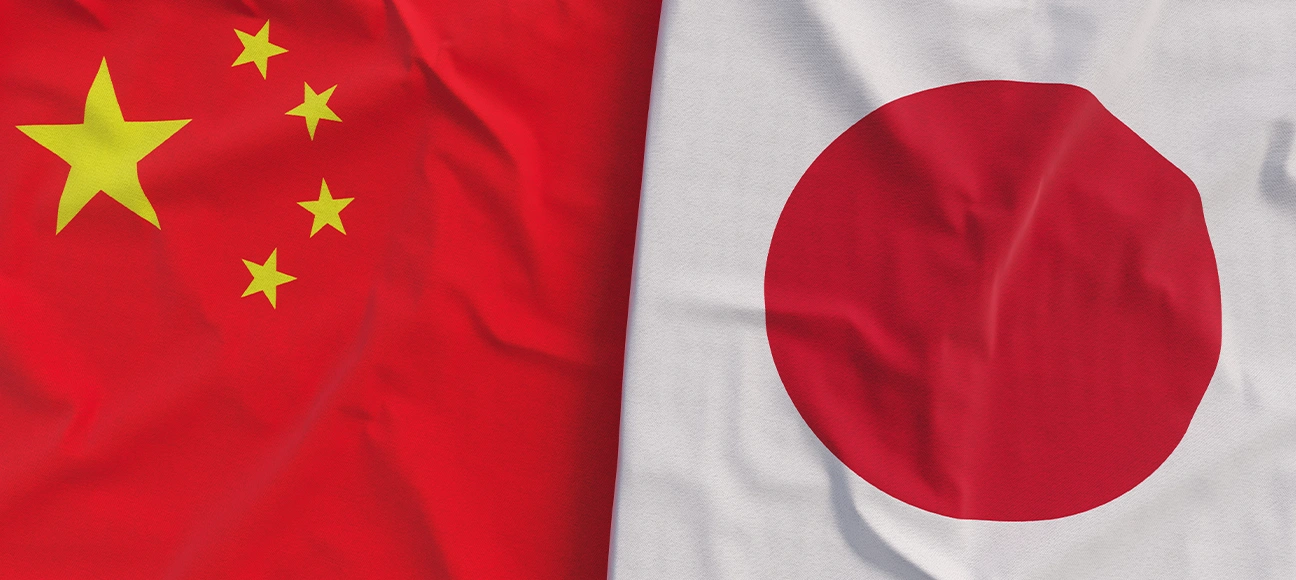
China and Japan Release Safety Alerts for Students Amid Growing Tensions
November 19, 2025 | By Aahana
Australia Issues a Tough Warning Over Student Visa Integrity Threats
November 17, 2025 | By Henry
IELTS ‘Technical Glitch’ Sparks Global Score Chaos and Apology
November 13, 2025 | By Vaidant





